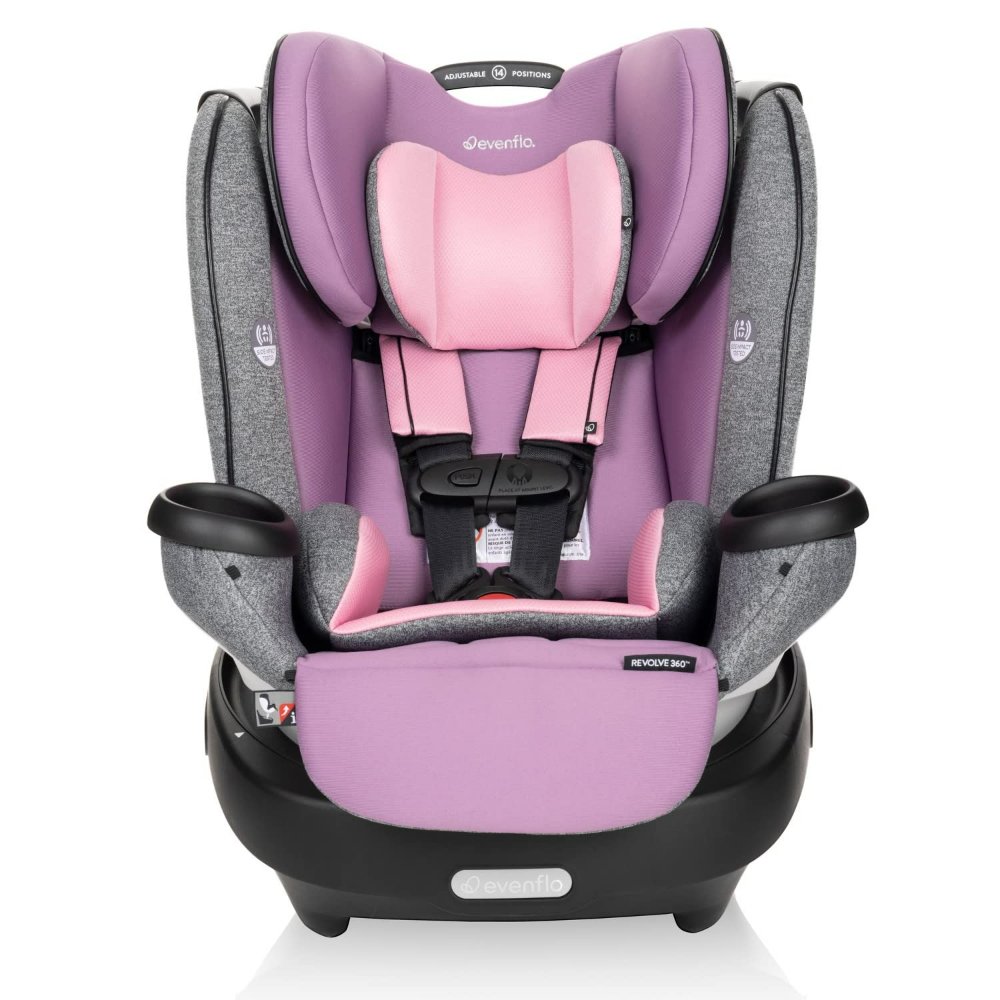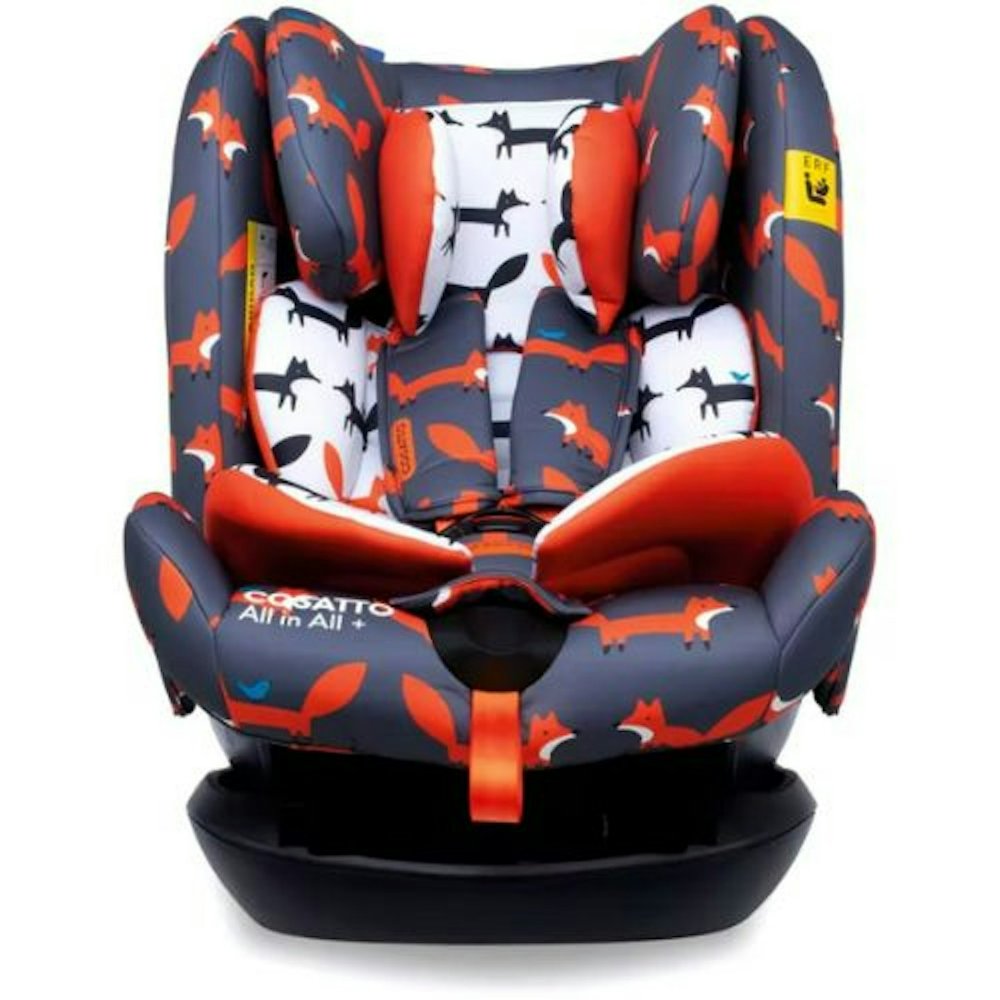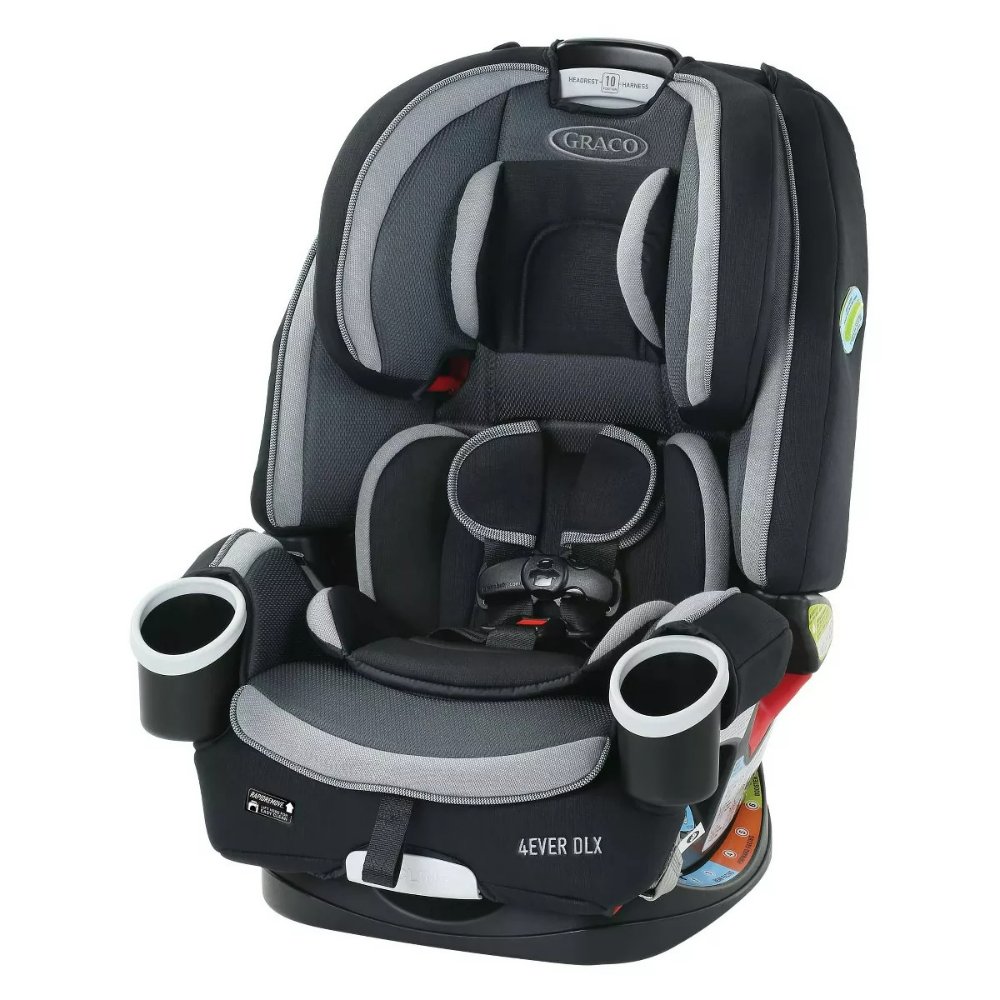Importance of Proper Car Seat for 3-Year-Olds
Ensuring that your 3-year-old is secured in a proper car seat is critical for their safety. Car crashes are a leading cause of injury for children, but a correctly chosen and installed car seat can significantly reduce the risk of harm. At this age, children have outgrown their infant seats and need something that can accommodate their growing size and weight. Additionally, the right 3-year-old car seat supports their developing spine and neck properly in case of sudden stops or collisions.
A proper car seat for a 3-year-old not only provides physical protection but also offers legal compliance. Laws vary by region, but they all require age and size-appropriate restraints for young children. Not using an adequate car seat can result in legal ramifications and, more importantly, compromise your child’s safety.
It is essential to realize that not all car seats fit every child or vehicle. Therefore, parents and caregivers should choose a 3-year-old car seat that meets the child’s specific needs and is compatible with their vehicle. By doing so, they ensure the highest safety standards for their little one during every car journey.

Types of Car Seats Suitable for 3-Year-Olds
Choosing the right car seat for a 3 year old is crucial for their safety and comfort. There are several types of car seats that are suitable for this age group. The most common types include convertible car seats, forward-facing car seats, and harness booster seats.
Convertible Car Seats: These car seats adapt as your child grows. You can use them in a rear-facing mode when the child is younger and then switch to forward-facing as they grow. This makes them a great long-term investment.
Forward-Facing Car Seats: At age three, many children are ready to transition to a forward-facing car seat with a harness. These seats are designed to support children who have outgrown their rear-facing seat but are not yet ready for a booster seat.
Harness Booster Seats: These seats are for children who have exceeded the height or weight limit for their forward-facing car seat. A harness booster uses a 5-point harness for added safety.
It’s essential to choose a car seat that fits your child’s height and weight requirements and also conforms to your vehicle. Always prioritize seats with adjustable straps and head support to enhance safety and comfort. Pay attention to whether the car seat is easy to install and adjust, as proper installation is key to its effectiveness.
In the next section, we’ll delve into the key features to consider when picking a 3 year old car seat to ensure the highest level of safety and convenience for your child.
Key Features to Look for in a Car Seat
When choosing a 3 year old car seat, there are several key features to keep in mind. These features enhance safety, comfort, and ease of use, optimizing the car seat experience for both parents and children.
- Adjustable Harness: Look for a 5-point harness that adjusts. This will ensure a snug fit as your child grows.
- Side Impact Protection: Opt for car seats with side impact protection. This shields your child from side-impact collisions.
- Easy-to-Clean Fabric: Seats with machine-washable covers make cleanup after spills a breeze.
- Comfortable Padding: Enough cushioning keeps your child comfortable on long rides.
- LATCH System: Car seats with the LATCH system make installation easier and more secure.
- Adjustable Headrest: A headrest that adjusts provides support and accommodates your child’s growth.
- Recline Feature: Some car seats offer recline options for a better fit in your vehicle and comfort for your child.
Choose a car seat that not only fits these criteria but also one that easily fits into your car. The right 3 year old car seat will grow with your child and provide comfortable, long-lasting safety on the road.

Car Seat Safety Standards and Certifications
When selecting a 3 year old car seat, safety standards and certifications are paramount. These benchmarks ensure that car seats have undergone rigorous testing and meet safety criteria established by authorities. Here are the key standards and certifications to consider:
- FMVSS 213: In the United States, the Federal Motor Vehicle Safety Standard (FMVSS) 213 determines the performance criteria for child restraint systems. Ensure your car seat meets or exceeds this standard.
- NCAP: The New Car Assessment Program (NCAP) conducts crash tests to evaluate the protection car seats provide in severe collisions.
- JPMA Certification: The Juvenile Products Manufacturers Association (JPMA) offers certification indicating that the product has passed safety testing and adheres to the association’s guidelines.
- ASTM International Standards: Some car seats carry ASTM International certifications, ensuring they satisfy the global standards for safety and quality.
- NHTSA Ease of Use Ratings: The National Highway Traffic Safety Administration (NHTSA) provides ease of use ratings. While this isn’t a safety certification, it can help you judge how straightforward a car seat is to install and use.
Remember to check for expiry dates on car seats since materials can degrade over time, and safety standards may change. Also, look for a seat that has a label confirming that it meets the safety standards of your specific region or country. A car seat that aligns with these safety certifications gives you peace of mind that your child is safely secured during each drive.
Installation Tips for Car Seats
Proper installation of a 3 year old car seat is as crucial as choosing the right seat. To ensure the highest safety for your child, here are some tips to follow:
- Read the Manual: Always start by reading the manufacturer’s instructions. This is your guide to correct installation.
- Check the Angle: Rear-facing seats should be installed at the correct angle. Many have indicators or adjusters to help.
- Use LATCH or Seat Belt: Decide whether to use the LATCH system or a seat belt to secure the seat; never use both. The LATCH system is designed to make installation easier without using seat belts, but if your car or car seat does not support LATCH, a properly fastened seat belt is just as safe.
- Ensure Tightness: The car seat should not move more than an inch side-to-side or front-to-back when checked at the belt path.
- Tug the Harness: After placing your child in the seat, tug the harness straps. They should be snug with no slack.
- Seek Professional Help: If unsure, get help from a certified child passenger safety technician (CPST).
- Recheck Regularly: Car seats can become loose over time. Make it a habit to check the installation regularly.
Installing the car seat correctly is central to your child’s safety in the car. Don’t rush this process, and double-check each step to be certain everything is secure. By following these installation tips, you’ll provide a safer travel environment for your three-year-old.

Common Mistakes to Avoid When Using a Car Seat
Ensuring safe travel for your 3-year-old starts with avoiding common car seat mistakes. Understanding these is crucial to maximize safety. Below are mistakes to keep in mind:
- Wrong Seat for Your Child’s Age and Size: Not all seats fit all children; choose one that matches your child’s growth.
- Improper Installation: A car seat that’s not installed as per the manual won’t protect well in a crash.
- Loose Harness Straps: The harness needs to fit snugly. If there’s slack, it’s too loose.
- Not Using the LATCH system Correctly: If you use LATCH, ensure it’s installed as instructed.
- Forward-Facing Too Soon: Keep your child rear-facing as long as possible; it’s safer.
- Forgetting to Adjust the Seat as Your Child Grows: Car seats need adjustments to fit correctly.
- Leaving Objects in the Seat: Toys and bulky clothing can impair the seat’s safety in a collision.
By paying attention to these points, you’ll be sidestepping the common pitfalls that compromise car seat safety. Double check your 3-year-old’s car seat, making these best practices routine can not only offer peace of mind but could also be lifesaving.
Top Rated Car Seats for 3-Year-Olds
When searching for the best 3 year old car seat, rely on top-rated options. These seats excel in safety, comfort, and user-friendliness. Look for models with impressive safety ratings and strong parent endorsements.
- Britax Marathon ClickTight: This seat is known for its easy installation and robust side impact protection. The ClickTight system simplifies securing the car seat.
- Graco Extend2Fit Convertible Car Seat: It offers additional legroom, allowing your child to stay rear-facing longer. Plus, it comes with a fuss-free harness storage.
- Chicco NextFit Zip: This model boasts a zipper that makes cover removal for cleaning a breeze. It also has nine recline positions to fit various vehicle seats.
- Evenflo Tribute LX Convertible Car Seat: An affordable option that doesn’t skimp on safety. It meets our rigorous safety standards and is light for travel.
- Diono Radian 3RXT All-in-One Convertible Car Seat: It fits three across in most vehicles, great for growing families. Its steel frame adds to its safety profile.
Choose a car seat that has glowing reviews from other parents. They often share real-world experiences that can be insightful. A top-rated 3 year old car seat will keep your child secure while offering you convenience.
Transitioning from Car Seat to Booster Seat
Transitioning from a car seat to a booster is a big step for a 3-year-old. Knowing when and how to make the switch is key for continued safety on the road. Here’s what to consider:
- Height and Weight Guidelines: Check the car seat’s height and weight limits. Once exceeded, it’s time for a booster.
- State Guidelines: Be aware of your state’s laws on booster seat usage.
- Maturity: Ensure your child can sit correctly without slouching for the whole ride.
- Belt Position: The booster seat must allow the lap and shoulder belt to fit properly. The lap belt should lie across the upper thighs, not the stomach. The shoulder belt should cross the chest and shoulder, not the neck or face.
Before making the transition, make sure your child is ready. Not all kids mature at the same rate. Some may need to stay in a car seat longer. And once in a booster seat, always give a safety check before you drive. Correct use of the car seat and booster is crucial for your child’s protection in case of an accident.